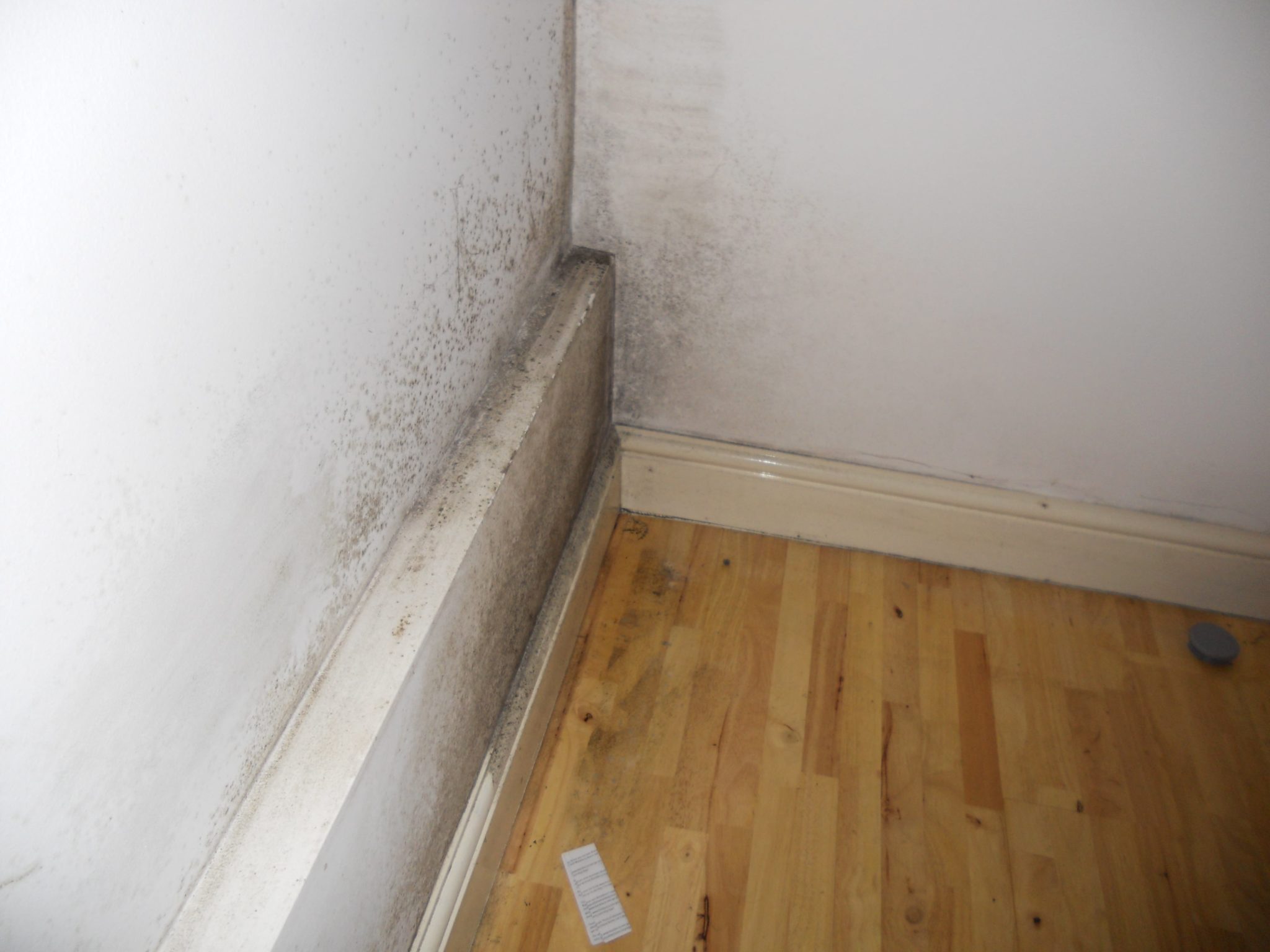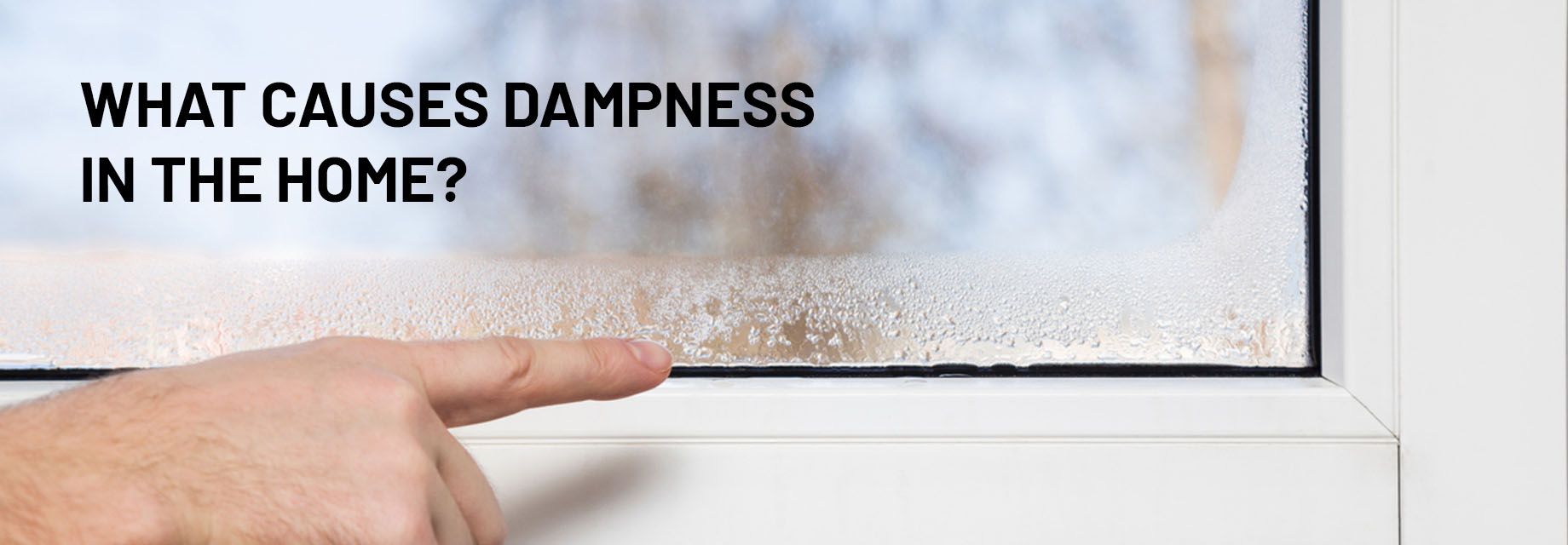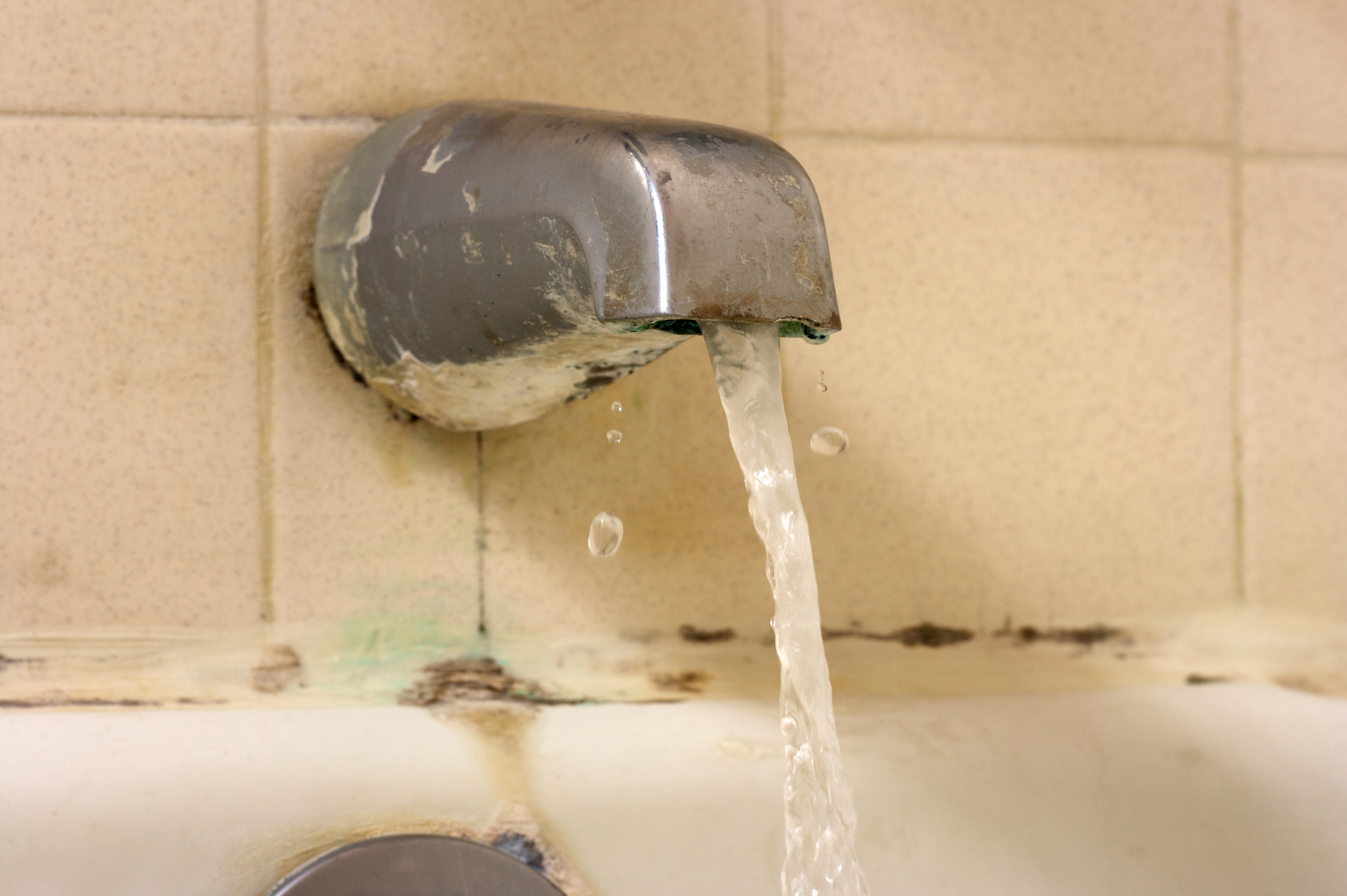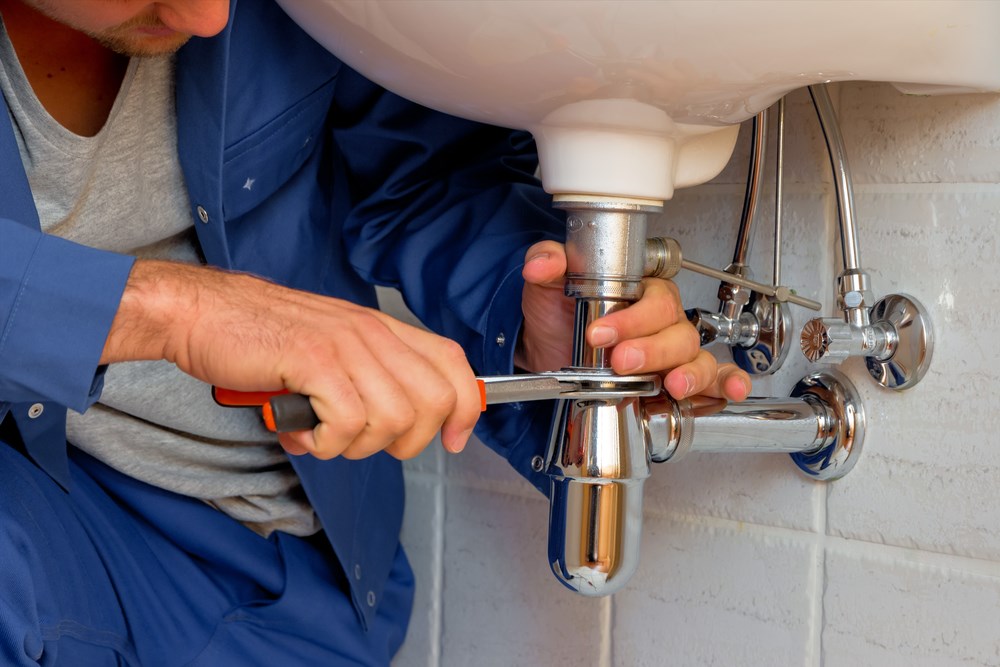If you’ve noticed dampness under your kitchen sink, you’re not alone. This is a common problem that many homeowners face, and it can be caused by a variety of issues. But don’t worry, there are simple and effective solutions to fix this problem and prevent it from happening again. In this article, we’ll discuss the causes of dampness under kitchen sinks, signs to look out for, and how to fix and prevent it. How to Fix Dampness Under Your Kitchen Sink
There are several possible causes of dampness under kitchen sinks. One of the most common causes is a leaky pipe or fitting. This could be due to wear and tear, corrosion, or poor installation. Another cause could be condensation, which occurs when warm, moist air from the kitchen comes into contact with the cold pipes under the sink. This can also be a sign of poor ventilation in your kitchen. Lastly, if your kitchen sink is not properly sealed, water can seep through and cause dampness. What Causes Dampness Under Kitchen Sinks?
The best way to prevent dampness under kitchen sinks is to address the root causes. Regularly check for leaks and fix them immediately. Properly insulate pipes to prevent condensation, and consider installing a ventilation fan in your kitchen to reduce moisture. It’s also important to properly seal your kitchen sink to prevent water from seeping through. Preventing Dampness Under Kitchen Sinks
There are several signs that indicate dampness under your kitchen sink. These include a musty smell, water stains or discoloration on the cabinet or floor, and a general feeling of dampness when you open the cabinet doors. If you notice any of these signs, it’s important to address the issue before it gets worse. Signs of Dampness Under Kitchen Sinks
If you’ve identified a leak as the cause of dampness under your kitchen sink, the solution is relatively simple. You can either replace the damaged pipe or fitting yourself if you have the necessary skills and tools, or call a professional plumber to do it for you. If condensation is the issue, you can try insulating the pipes or installing a dehumidifier in your kitchen. And if poor sealing is the cause, you can reseal your kitchen sink with silicone caulk. Common Solutions for Dampness Under Kitchen Sinks
For minor leaks, you may be able to fix the issue yourself. This involves identifying the source of the leak, turning off the water supply, and replacing the damaged pipe or fitting. However, if you’re not confident in your plumbing skills, it’s best to call a professional to avoid causing further damage. For condensation and sealing issues, you can also try DIY solutions such as insulating pipes and resealing your kitchen sink. DIY Fixes for Dampness Under Kitchen Sinks
If you’re not comfortable with DIY fixes or the issue is more complex, it’s best to call a professional plumber. They have the necessary skills, tools, and experience to identify and fix the issue efficiently. They can also provide recommendations for preventing dampness in the future. If the dampness has caused water damage, you may also need to hire a professional to repair and restore the affected areas. Professional Solutions for Dampness Under Kitchen Sinks
If the dampness under your kitchen sink has caused water damage, it’s important to address it as soon as possible to prevent further damage and mold growth. You can start by drying out the affected area with a fan or dehumidifier. If there is any visible mold, it’s important to call a professional mold remediation service to properly remove it. Any damaged materials, such as cabinets or flooring, will also need to be replaced. How to Repair Water Damage Under Kitchen Sinks
If you’ve noticed mold or mildew under your kitchen sink, it’s important to act quickly. Mold can spread quickly and cause health issues if left untreated. You can try to remove small patches of mold with a mixture of water and vinegar, but for larger or persistent mold growth, it’s best to call a professional mold remediation service. They have the proper equipment and techniques to safely and effectively remove mold and prevent it from coming back. Dealing with Mold and Mildew Under Kitchen Sinks
If you’ve tried DIY solutions and the dampness under your kitchen sink persists, it’s time to call a professional plumber. They can properly diagnose the issue and provide a long-term solution. It’s also important to call a plumber immediately if you notice any major leaks, water damage, or mold growth. Ignoring these issues can lead to more extensive and expensive repairs down the line. When to Call a Plumber for Dampness Under Kitchen Sinks
Dampness Under Kitchen Sink: Causes, Prevention, and Solutions

Introduction
 Dampness under the kitchen sink is a common problem that many homeowners face. It not only creates an unpleasant odor, but it can also lead to the growth of mold and mildew, which can be harmful to your health. Moreover, it can damage the surrounding cabinets, flooring, and walls, resulting in costly repairs. In this article, we will discuss the causes of dampness under the kitchen sink, how to prevent it, and the solutions to resolve this issue.
Dampness under the kitchen sink is a common problem that many homeowners face. It not only creates an unpleasant odor, but it can also lead to the growth of mold and mildew, which can be harmful to your health. Moreover, it can damage the surrounding cabinets, flooring, and walls, resulting in costly repairs. In this article, we will discuss the causes of dampness under the kitchen sink, how to prevent it, and the solutions to resolve this issue.
Causes of Dampness Under Kitchen Sink
 There are several reasons for dampness under the kitchen sink, including:
1. Leaking Pipes:
The most common cause of dampness under the kitchen sink is leaking pipes. Over time, pipes can become worn or damaged, leading to small leaks that can go unnoticed for a long time. These leaks can cause water to pool under the sink, leading to dampness and mold growth.
2. Poor Ventilation:
If your kitchen sink is not properly ventilated, it can create a damp environment. When hot water runs through the pipes, it can produce condensation, which can lead to dampness under the sink.
3. Humidity:
High levels of humidity in the kitchen can also contribute to dampness under the sink. This is especially true if your kitchen is not well-ventilated or if you do not use exhaust fans while cooking.
There are several reasons for dampness under the kitchen sink, including:
1. Leaking Pipes:
The most common cause of dampness under the kitchen sink is leaking pipes. Over time, pipes can become worn or damaged, leading to small leaks that can go unnoticed for a long time. These leaks can cause water to pool under the sink, leading to dampness and mold growth.
2. Poor Ventilation:
If your kitchen sink is not properly ventilated, it can create a damp environment. When hot water runs through the pipes, it can produce condensation, which can lead to dampness under the sink.
3. Humidity:
High levels of humidity in the kitchen can also contribute to dampness under the sink. This is especially true if your kitchen is not well-ventilated or if you do not use exhaust fans while cooking.
Preventing Dampness Under Kitchen Sink
 Taking preventative measures can help avoid dampness under the kitchen sink. Here are some tips to follow:
1. Regular Maintenance:
It is essential to regularly inspect your kitchen sink and pipes for any signs of leaks or damage. If you notice any issues, such as loose connections or cracks, it is crucial to fix them immediately.
2. Proper Ventilation:
Make sure your kitchen is well-ventilated to reduce humidity levels. You can install exhaust fans or open windows while cooking to allow steam and moisture to escape.
3. Keep the Area Dry:
After using the sink, make sure to wipe down the area with a towel to keep it dry. This will prevent any water from pooling under the sink and causing dampness.
Taking preventative measures can help avoid dampness under the kitchen sink. Here are some tips to follow:
1. Regular Maintenance:
It is essential to regularly inspect your kitchen sink and pipes for any signs of leaks or damage. If you notice any issues, such as loose connections or cracks, it is crucial to fix them immediately.
2. Proper Ventilation:
Make sure your kitchen is well-ventilated to reduce humidity levels. You can install exhaust fans or open windows while cooking to allow steam and moisture to escape.
3. Keep the Area Dry:
After using the sink, make sure to wipe down the area with a towel to keep it dry. This will prevent any water from pooling under the sink and causing dampness.
Solutions for Dampness Under Kitchen Sink
 If you are facing dampness under your kitchen sink, here are some solutions to consider:
1. Fix Leaks:
If you notice any leaks, it is crucial to fix them immediately. You can hire a plumber to repair or replace any damaged pipes or connections.
2. Use a Dehumidifier:
If your kitchen is consistently humid, consider using a dehumidifier to reduce moisture levels and prevent dampness under the sink.
3. Apply Waterproofing Products:
You can also apply waterproofing products, such as sealants or coatings, to the area under the sink to prevent water from seeping through and causing dampness.
If you are facing dampness under your kitchen sink, here are some solutions to consider:
1. Fix Leaks:
If you notice any leaks, it is crucial to fix them immediately. You can hire a plumber to repair or replace any damaged pipes or connections.
2. Use a Dehumidifier:
If your kitchen is consistently humid, consider using a dehumidifier to reduce moisture levels and prevent dampness under the sink.
3. Apply Waterproofing Products:
You can also apply waterproofing products, such as sealants or coatings, to the area under the sink to prevent water from seeping through and causing dampness.
In Conclusion
 Dampness under the kitchen sink is a common issue that can lead to mold growth, damage to your home, and potential health hazards. By understanding the causes, taking preventative measures, and implementing solutions, you can effectively prevent and resolve this problem. Regular maintenance, proper ventilation, and keeping the area dry are key in keeping your kitchen sink area free from dampness. Remember to address any leaks or damage promptly to avoid further issues.
Dampness under the kitchen sink is a common issue that can lead to mold growth, damage to your home, and potential health hazards. By understanding the causes, taking preventative measures, and implementing solutions, you can effectively prevent and resolve this problem. Regular maintenance, proper ventilation, and keeping the area dry are key in keeping your kitchen sink area free from dampness. Remember to address any leaks or damage promptly to avoid further issues.

























































































